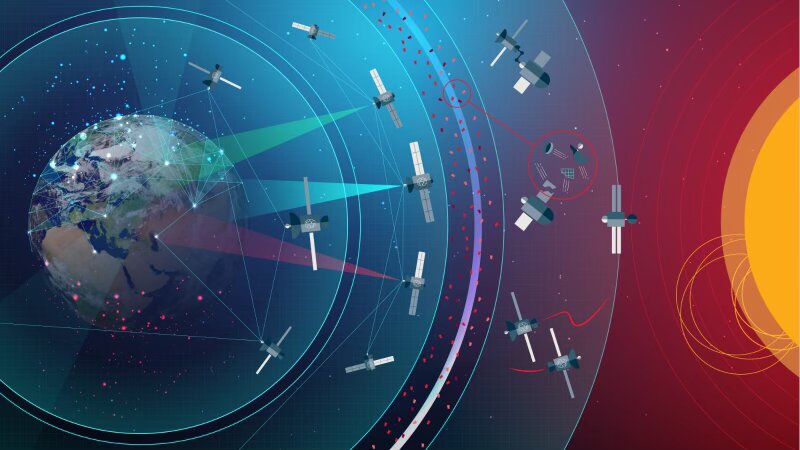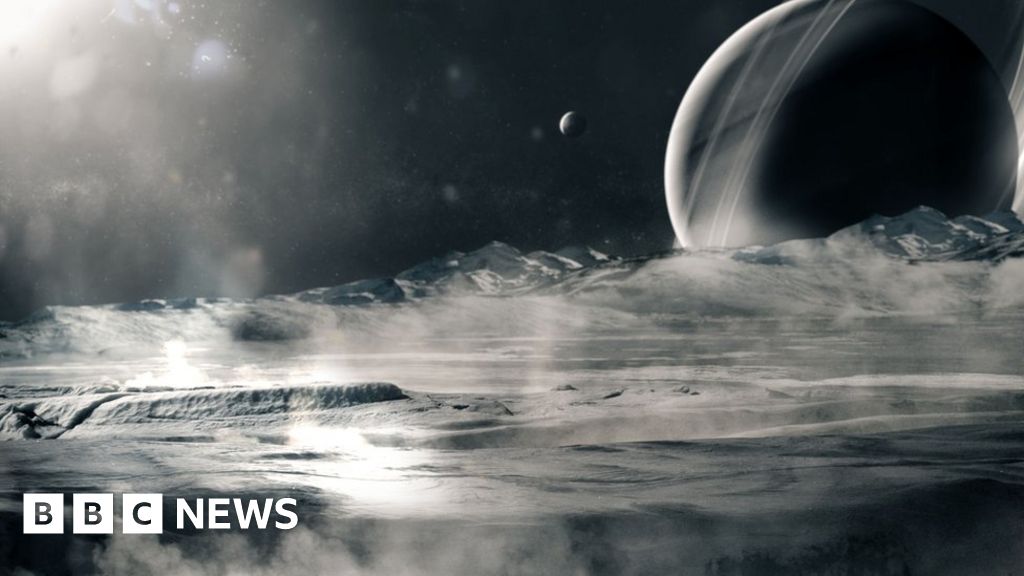Yes, to an extent. ESA was already planning an upgrade to Ariane 4 to increase its payload, using a new upper stage and a larger payload fairing. This snowballed until they had to replace all of Ariane 4 with a new design. Part of this was to accommodate ever-heavier satellites, but Hermes also drove this growth. Ariane 5 was also basically man-rated in anticipation of Hermes flights.
a decent overview of the evolution of Ariane 5 can be found here:
http://www.capcomespace.net/dossiers/espace_europeen/ariane/ariane5/developpement_1979_92.htm
There were three broad variants of Ariane 5 studied between 1979 and 1985 when the familiar Ariane 5 design was picked as winner.
That peculiar design, called Ariane 5P for Poudre (= powder = solid fuel booster) was an oddball strongly influenced by the Space Shuttle.
- HM-60 Vulcain as SSME
- twin big solids on the flanks
- Hermes as a miniature Shuttle Orbiter.
The others two were Ariane 5C and 5R: "cryogenic" and "reference" and both were of direct Ariane 1 - 4 - 44L legacy.
Ariane 5C was 100% Vulcain otherwise similar to a Viking Ariane 1 - 4
- 4*Vulcains on stage 1 (just like 4*Vikings Ariane 1)
- 1*Vulcain on stage 2 (just like, 1*Viking Ariane 1)
- same stage 3: plain old HM-7
A 100% hydrolox launcher long before Delta IV.
Ariane 5R was also an offspring of Ariane - of Ariane 44L
A ninth Viking would be added to the lower stage
A Vulcain would go on stage 2, air started (like Ares 1 SSME, cough)
So what happened ?
Ariane 5R was the prefered option early on, as a straightforward improvement of Ariane 44L "with just one more Viking downwards", and "the Vulcain on stage 2".
Alas ! It ended as a bloated monster, because LH2 is such a huge PITA.
The second stage was larger than the first, and also much taller: Ariane 5R ended 70 m tall, rather than 44L 58 meters, already pushing from the shorter Ariane 1 - 3.
So Ariane 5R was canned, Ariane 5C examined as the next logical step (Ariane 6, cough) and there Hermes ruined the party. Already 15 metric tonnes by 1985 (it ended at 24 mt in 1992 !) Ariane 5C just couldn't handle the weight growth: basically the hydrolox Vulcains were too weak, even 4 of them.
And there came the familiar Ariane 5P. Big advantage (besides looking like a Space Shuttle stack): the P170 big boosters on the flanks of a lone Vulcain, could grow in length and thrust as much as needed to lift the obese Hermes.
And surely enough, they started as P170s in 1985 and ended as P240s+ in 1993. The reason ? mass of solid-fuel. From 170 to 240 tons per booster: that what it took to counter Hermes obesity along the years.
The irony was Hermes was canned in November 1992 after having made Ariane 5 seriously over-powered.
This was not wasted however. First it made Ariane 5 the equal of Proton at 22 mt to Earth orbit. Very useful for the ATV later.
More importantly, that excess power was used to lift heavier and heavier GEO comsats: up to 7000 kg to be be pushed to GTO: Geostationary Transfer Orbit. Alternately, Arianespace become expert at splitting the 7000 kg into dual comsat launches: 5000+2000 or 4000+3000 kg payloads.





